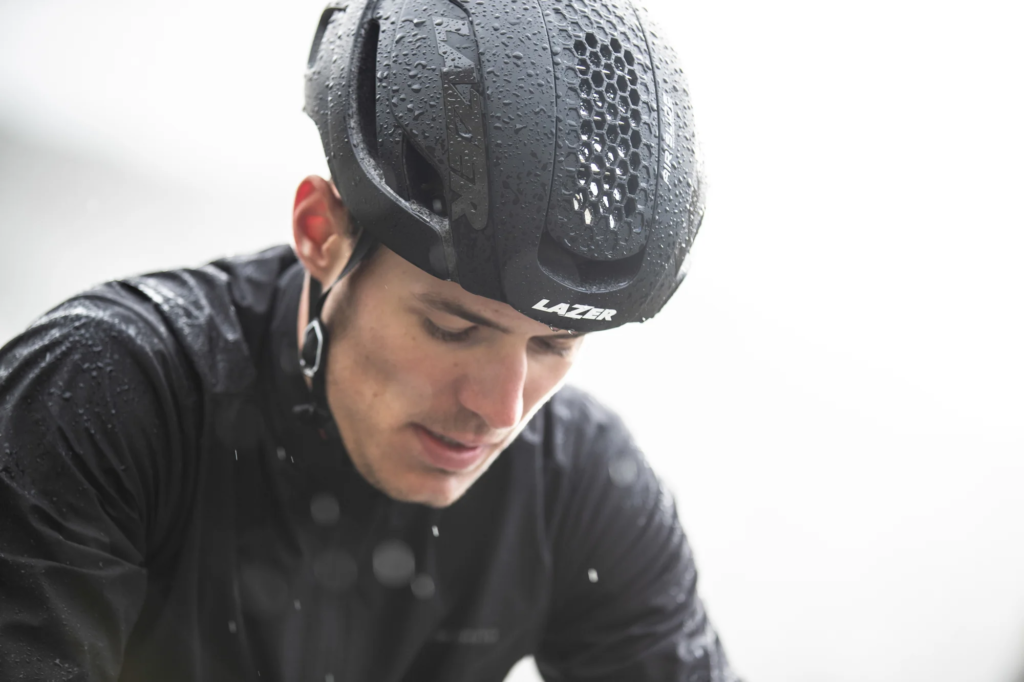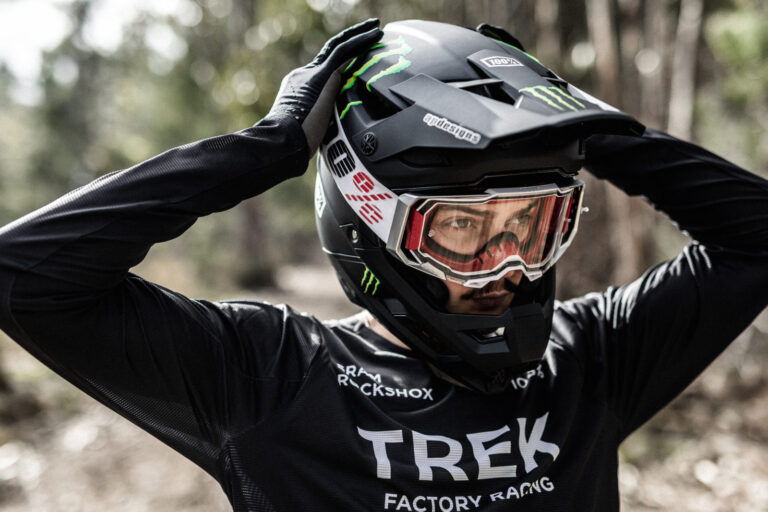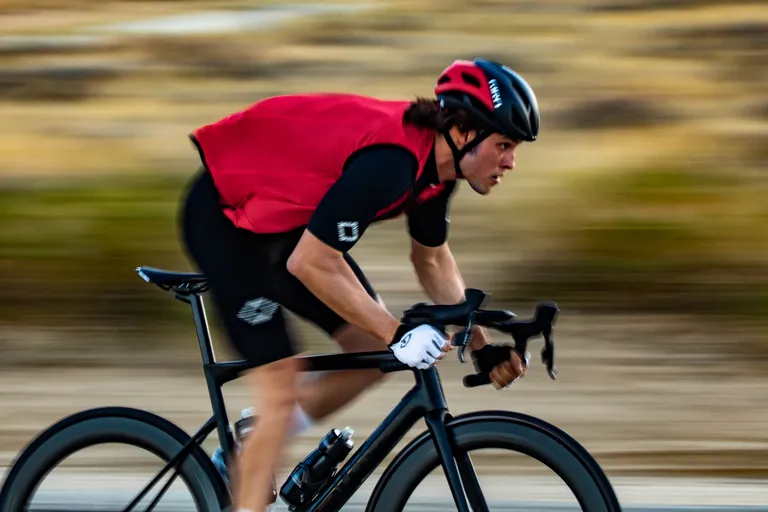Mastering the Road: A Comprehensive Guide to Choosing the Perfect Road Bike Helmet



Key Point Summary of Choosing the Perfect Road Bike Helmet
- Fit and Comfort: Understanding the importance of a well-fitting helmet for safety and comfort during long rides.
- Safety Features and Certifications: Navigating through various safety standards and innovative features for optimal protection.
- Aesthetics and Aerodynamics: Balancing style and performance while choosing a helmet that suits your cycling needs.
As a master cyclist with years of experience racing and riding across various disciplines like mountain biking, gravel biking, cyclocross, and of course, road cycling, I’ve learned a thing or two about choosing the right road bike helmet. Whether you’re a beginner or at an intermediate level in cycling, selecting the right helmet is crucial for your safety, comfort, and overall riding experience. Let’s dive into the nitty-gritty of choosing road helmets, an essential piece of your road cycling gear.
Understanding Fit and Comfort
The most important aspect of helmet selection is ensuring a proper fit. A helmet that’s too tight can cause headaches on long rides, while a loose one won’t provide adequate protection in case of a fall. Look for helmets with adjustable retention systems at the back. These systems allow you to fine-tune the fit, ensuring the helmet sits snugly on your head.
I remember once during a gravel race, my helmet was slightly loose. Every bump on the trail jostled it, and it was incredibly distracting. A properly fitted helmet should sit level on your head, not tilted back or forward, and should not move more than an inch in any direction when you shake your head.
Safety Features and Certifications
Safety should always be your top priority. When selecting a helmet, look for certifications like CPSC in the United States or CE in Europe. These certifications mean the helmet has passed rigorous safety tests.
In recent years, there has been a significant advancement in helmet technology. Features like MIPS (Multi-directional Impact Protection System) offer added protection against rotational forces in a crash. As someone who’s had a few spills on both tarmac and trails, I can attest to the importance of these features in preventing concussions and serious head injuries.
Aesthetics and Aerodynamics
Let’s face it; we all want to look good while riding. The good news is, there are plenty of stylish helmets out there. But beyond aesthetics, consider aerodynamics, especially if you’re into racing or fast-paced group rides. Some helmets are designed to reduce drag, which can be a real advantage. However, remember that aerodynamic helmets can sometimes be less ventilated, so weigh your options based on your typical riding climate and personal preference.

Trends in Road Bike Helmets Over the Last 10 Years
Over the past decade, road bike helmets have seen remarkable technological advancements and shifts in cyclists’ behavior. The focus has increasingly been on enhancing safety features, particularly with the adoption of technologies like MIPS for mitigating rotational forces during impacts. Additionally, there’s been a significant trend toward aerodynamic designs, as cyclists seek to improve efficiency and speed. Ventilation has also improved, with designs now striking a better balance between cooling and aerodynamic efficiency. These trends reflect a broader shift in cycling culture, where riders are more knowledgeable and demanding about their equipment, prioritizing a combination of safety, performance, and comfort.
Source: Cycling Weekly – “The Evolution of Bicycle Helmets”
User Top Picks for Road Bike Helmets
As a seasoned rider, here are a few helmets that I personally recommend:
- Giro Synthe MIPS: This helmet strikes a perfect balance between aerodynamics, ventilation, and safety. It’s lightweight and has a sleek design, making it a favorite among road cyclists.
- Bell Z20 MIPS: Known for its comfort and advanced safety features, this helmet is a great choice for long rides. The MIPS technology adds an extra layer of protection.
- Specialized S-Works Prevail II: If ventilation is your top priority, this helmet is hard to beat. It’s incredibly lightweight and offers superior cooling, ideal for hot summer rides.
- POC Ventral Spin: This helmet stands out for its unique design and innovative safety features, including POC’s own SPIN technology, which is similar to MIPS.
- Lazer Z1: A classic choice known for its comfort and adjustability. It’s a versatile helmet suitable for both racing and casual rides.
The list doesn’t stop there! We have rated and ranked the Best Road Bike Helmets based on their features, drawing insights from expert opinions. This way, you can see how your favorite helmet ranks and stands among others!
Ventilation and Weight
Speaking of ventilation, this is crucial, especially for long rides in warm weather. Look for helmets with ample venting to keep your head cool. However, more vents can mean a higher price tag and slightly less protection, so find a balance that works for you. Also, consider the weight of the helmet. A lightweight helmet can reduce neck fatigue on long rides. I’ve had rides where a heavier helmet has become a nuisance after a few hours, so a lighter is usually better.
Price and Durability
Road bike helmets range widely in price. While it’s tempting to go for a budget option, remember that a helmet is an investment in your safety. Higher-priced helmets often offer better ventilation, lighter weight, and more advanced safety features. However, don’t feel pressured to buy the most expensive helmet if it doesn’t fit well or meet your needs.
Also, keep in mind the durability of the helmet. A good helmet should last several years, but you should replace it after any significant impact or crash, even if there’s no visible damage.
FAQ
Are expensive road bike helmets worth it?
Yes, expensive road bike helmets can be worth it because they often offer advanced safety features, better ventilation, lighter weight, and improved aerodynamics, all of which enhance safety and comfort during riding. However, the most important factor is a proper fit, so a less expensive helmet that fits well can also be a good choice.
Is MIPS worth it?
Yes, MIPS (Multi-directional Impact Protection System) is generally considered worth it in helmets. It’s a safety feature designed to reduce rotational forces on the brain caused by angled impacts to the head, which can lead to severe brain injuries. Helmets with MIPS are often only slightly more expensive than those without, and this additional layer of safety can be crucial in protecting against certain types of impact injuries.
How long is a road bike helmet good for?
A road bike helmet is generally good for about 3 to 5 years from the date of purchase. However, it’s important to replace it sooner if it has been involved in a crash, even if there’s no visible damage, as the structural integrity might be compromised. Additionally, regular wear and tear, exposure to UV light, and changes in helmet technology could also warrant replacing the helmet within this timeframe.
Final Thoughts
Choosing the right road bike helmet is a blend of safety, comfort, and personal preference. Consider these factors carefully, and don’t rush the decision. Try on different models, adjust the fit, and think about how each helmet aligns with your cycling style and needs. The best helmet is the one that you’ll wear every ride, so make your choice count!
Stay safe, enjoy your rides, and remember: the road is yours to conquer!
Happy cycling!
John






